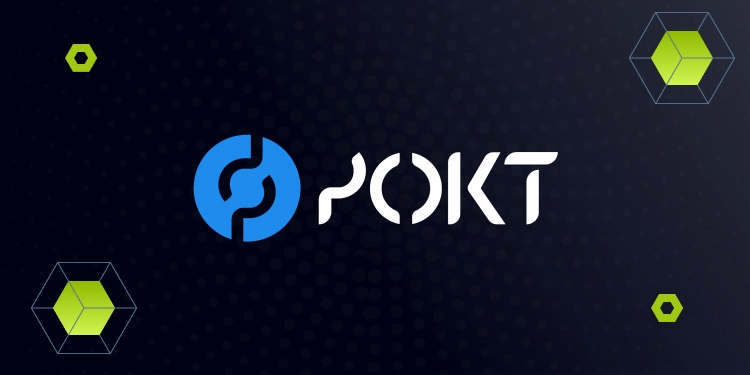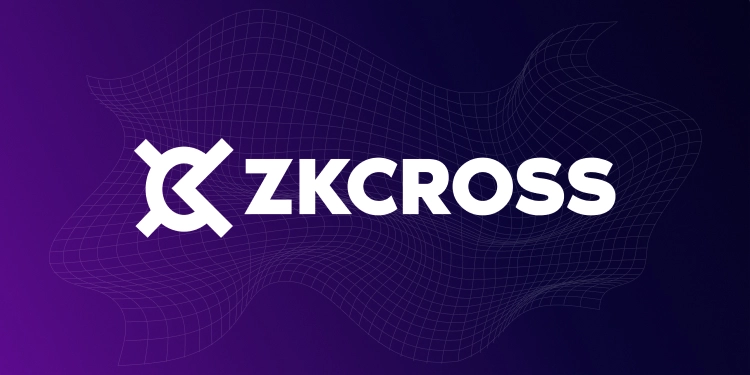Introduction
Pocket Network is an open protocol that provides developers reliable, performant, and cost-effective Remote Procedure Call (RPC) access to the open internet. It connects developers to various Web3’s RPC node operators, who compete to offer high-quality data. Pocket Network aims to become the TCP/IP of Web3 node infrastructure, incentivizing RPC nodes to provide unstoppable Web3 access to decentralized applications (DApps) and their users.
Innovation
Pocket Network introduces a native cryptocurrency called POKT to establish a permissionless, two-sided market between node providers and developers. This market enables developers to query blockchain data for their applications while node providers earn POKT through block reward inflation. This unique approach allows for the transfer of value without direct fees and coordination costs, promoting a vibrant ecosystem.
Architecture
Pocket Network supports numerous blockchains and consists of three components: Applications, Nodes, and the Network Layer. Applications submit Relays or API requests to any public database node, while Nodes service these requests by interacting with the intended databases and returning the response to the Applications. The Network Layer establishes the rules, protocols, and finality storage for seamless interactions between Applications and Nodes.
In version 1 of the platform, Pocket Network will implement significant improvements. The Consensus module will introduce a new consensus mechanism, enhancing block times and resource utilization. The Peer-To-Peer module will adopt structured communication, reducing bandwidth usage. The Persistence module will also leverage an SQL-based Tamper Proof Hybrid Mutable database and enable a client-server architecture, enhancing overall performance.
Code Quality
Pocket Network demonstrates excellent code quality with thorough documentation. The project is open source, employing robust programming languages like C, C++, Rust, Erlang, and Ruby. The codebase showcases good practices, including comprehensive comments, outstanding test coverage, and a high maintainability index. The project maintains a strong development momentum with over 10,000 lines of code and frequent commits.
Product Roadmap
The project’s mainnet is ready for launch, highlighting a commitment to delivering a mature and functional platform. Pocket Network has prioritized usability for infrastructure projects, ensuring that end customers find it easy to use. The team has taken approximately 20-50 minutes to understand the architecture, indicating a well-documented and accessible system.
Usability
Pocket Network offers open access to any blockchain in a decentralized manner, making it highly usable for developers seeking blockchain data. The platform’s intuitive design and user-friendly features contribute to its ease of use. With a focus on infrastructure projects, Pocket Network aims to facilitate seamless integration for end customers, enhancing the overall usability of the protocol.
Team
The Pocket Network team comprises experienced developers with a strong Git background. Their coding style reflects solid skills and a commitment to quality. With an active team of five or more developers, Pocket Network demonstrates a strong commitment to the project’s success.
Conclusion
Pocket Network is a highly innovative and promising open protocol, providing developers with reliable and cost-effective RPC access to the open internet. The platform’s well-designed architecture supports multiple blockchains and enables seamless interactions between Applications and Nodes. The project showcases excellent code quality, with thorough documentation and extensive test coverage. With a ready-to-launch mainnet and a focus on usability for infrastructure projects, Pocket Network demonstrates strong potential for success. The dedicated and skilled team further bolsters the project’s credibility.
| Initial Screening | |||
| Keep researching | |||
| Does this project need to use blockchain technology? | Yes | ||
| Can this project be realized? | Yes | ||
| Is there a viable use case for this project? | Yes | ||
| Is the project protected from commonly known attacks? | Yes | ||
| Are there no careless errors in the whitepaper? | Yes | ||
Project Technology Score |
|||
| Description | Scorecard | ||
| Innovation (Out Of 11) | 9 | ||
| How have similar projects performed? | Good | 2 | |
| Are there too many innovations? | Regular | 2 | |
| Percentage of crypto users that will use the project? | 6%-10% | 3 | |
| Is the project unique? | Yes | 2 | |
| Architecture (Out of 12) | 11 | ||
| Overall feeling after reading whitepaper? | Good | 2 | |
| Resistance to possible attacks? | Good | 2 | |
| Complexity of the architecture? | Not too Complex | 2 | |
| Time taken to understand the architecture? | 20-50 min | 1 | |
| Overall feeling about the architecture after deeper research? | Good | 4 | |
| Has the project been hacked? | No | 0 | |
| Code Quality (out of 15) | 15 | ||
| Is the project open source? | Yes | 2 | |
| Does the project use good code like C,C++, Rust, Erlang, Ruby, etc? | Yes | 2 | |
| Could the project use better programming languages? | No | 0 | |
| Github number of lines? | More than 10K | 1 | |
| Github commits per month? | More than 10 | 2 | |
| What is the quality of the code? | Good | 2 | |
| How well is the code commented? | Outstanding | 2 | |
| Overall quality of the test coverage? | Outstanding | 2 | |
| Overall quality of the maintainability index? | Outstanding | 2 | |
| When Mainnet (out of 5) | 5 | ||
| When does the mainnet come out? | Mainnet Ready | 5 | |
| Usability for Infrastructure Projects (out of 5) | 5 | ||
| Is it easy to use for the end customer? | Yes | 5 | |
| Team (out of 7) | 5 | ||
| Number of active developers? | 5+ | 2 | |
| Developers average Git Background? | Intermediate | 1 | |
| Developers coding style? | Solid | 2 | |
| Total Score (out of 55) | 50 | ||
| Percentage Score | |||
| Innovation | 16.36% | ||
| Architecture | 20.00% | ||
| Code Quality | 27.27% | ||
| Mainnet | 9.09% | ||
| Usability | 9.09% | ||
| Team | 9.09% | ||
| Total | 90.91% |





